Team uses antisense technology that exploits gene splicing mechanism to kill cancer cells
Blocking production of a pyruvate kinase splice-variant shows therapeutic promise.
Oct 31st, 2012
Read more
 Subscribe to our Biotechnology News feed
Subscribe to our Biotechnology News feed
Blocking production of a pyruvate kinase splice-variant shows therapeutic promise.
Oct 31st, 2012
Read more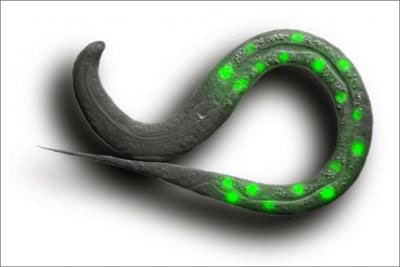 Scientists have discovered that breaking a biological signaling system in an embryo allows them to change the destiny of a cell. The findings could lead to new ways of making replacement organs.
Scientists have discovered that breaking a biological signaling system in an embryo allows them to change the destiny of a cell. The findings could lead to new ways of making replacement organs.
Oct 31st, 2012
Read moreThe dream of regaining the ability to stand up and walk has come closer to reality for people paralyzed below the waist who thought they would never take another step.
Oct 30th, 2012
Read more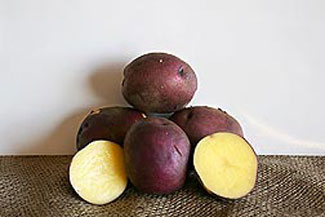 Potatoes with higher levels of beneficial carotenoids are the result of U.S. Department of Agriculture (USDA) studies to improve one of America's most popular vegetables.
Potatoes with higher levels of beneficial carotenoids are the result of U.S. Department of Agriculture (USDA) studies to improve one of America's most popular vegetables.
Oct 24th, 2012
Read moreScaling up the production of biofuels made from algae to meet at least 5 percent -- approximately 39 billion liters -- of U.S. transportation fuel needs would place unsustainable demands on energy, water, and nutrients, says a new report from the National Research Council.
Oct 24th, 2012
Read more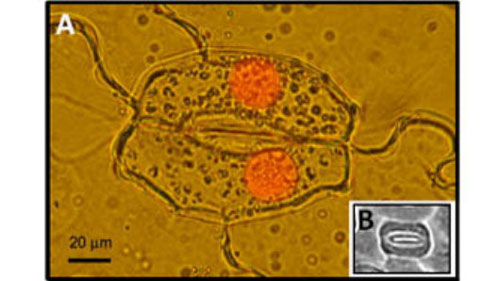 Using the size of guard cells in fossil plants to predict how much DNA each cell contained (the genome size), researchers have discovered that variations in genome sizes over geological time correlate with atmospheric carbon dioxide levels.
Using the size of guard cells in fossil plants to predict how much DNA each cell contained (the genome size), researchers have discovered that variations in genome sizes over geological time correlate with atmospheric carbon dioxide levels.
Oct 24th, 2012
Read more Global environmental watchdog Greenpeace launched a new report Monday warning the European Union against authorising herbicide-tolerant genetically engineered (HTGE) crops, saying they would lead to herbicide-resistant super-weeds.
Global environmental watchdog Greenpeace launched a new report Monday warning the European Union against authorising herbicide-tolerant genetically engineered (HTGE) crops, saying they would lead to herbicide-resistant super-weeds.
Oct 22nd, 2012
Read moreLike job-seekers searching for a new position, living things sometimes have to pick up a new skill if they are going to succeed. Researchers from the University of California, Davis, and Uppsala University, Sweden, have shown for the first time how living organisms do this.
Oct 19th, 2012
Read more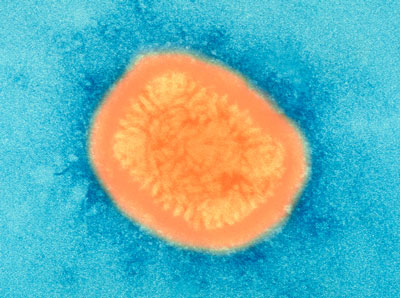 ETH-researchers demonstrate how vaccinia virus manipulates the cellular waste-disposal system and thereby cleverly tricks the cell into assisting the intruders replication. Now, the virologists have turned the tables, using inhibitors of this cellular waste-disposal system as a way to block virus infection.
ETH-researchers demonstrate how vaccinia virus manipulates the cellular waste-disposal system and thereby cleverly tricks the cell into assisting the intruders replication. Now, the virologists have turned the tables, using inhibitors of this cellular waste-disposal system as a way to block virus infection.
Oct 18th, 2012
Read moreResearchers from North Carolina State University and University of North Carolina at Chapel Hill have developed a new technique that uses sound waves to rapidly separate selected collections of cells for use in biomedical research.
Oct 17th, 2012
Read more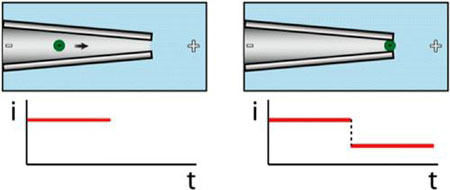 The detection of specific DNA sequences is central to the identification of disease-causing pathogens and genetic diseases, as well as other activities. But current detection technologies require amplification by polymerase chain reaction (PCR), fluorescent or enzymatic labels, and expensive instrumentation.
The detection of specific DNA sequences is central to the identification of disease-causing pathogens and genetic diseases, as well as other activities. But current detection technologies require amplification by polymerase chain reaction (PCR), fluorescent or enzymatic labels, and expensive instrumentation.
Oct 1st, 2012
Read moreBy mimicking nature's own sensing mechanisms, bioengineers at UC Santa Barbara and University of Rome Tor Vergata have designed inexpensive medical diagnostic tests that take only a few minutes to perform.
Sep 27th, 2012
Read moreNew map finds genetic regulatory elements account for 80 percent of our DNA.
Sep 5th, 2012
Read moreBiomass recalcitrance - the problem of how to break down complex plant-based cellulosic feedstock into sugars that can be fermented to produce sustainable biofuels and other renewable biobased products - can be overcome through improved methods of biomass characterization.
Aug 29th, 2012
Read more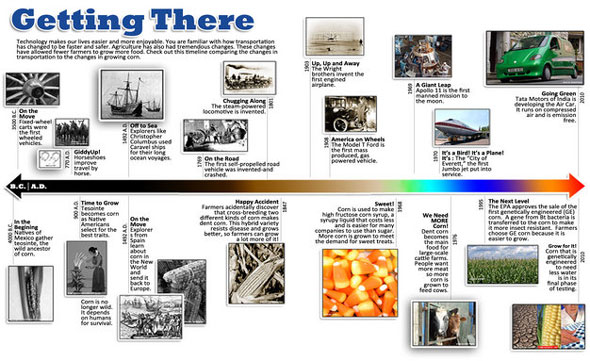 Have you ever wondered where our agricultural crops come from? And what were they like thousands of years ago, or hundreds of years ago? Our food crops today are in fact very different from the original wild plants from which they were derived.
Have you ever wondered where our agricultural crops come from? And what were they like thousands of years ago, or hundreds of years ago? Our food crops today are in fact very different from the original wild plants from which they were derived.
Aug 23rd, 2012
Read more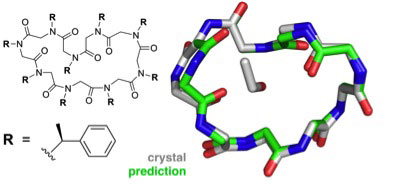 Past efforts to predict protein structure have met with limited success, but now a scientific team led by Glenn Butterfoss, and Barney Yoo, research scientists at New York University, in collaboration with investigators from the U.S. Department of Energy?s Lawrence Berkeley National Laboratory (Berkeley Lab), Stony Brook University and Temple University have demonstrated that a computer modeling approach similar to one used to predict protein structures can accurately predict peptoid conformation as well.
Past efforts to predict protein structure have met with limited success, but now a scientific team led by Glenn Butterfoss, and Barney Yoo, research scientists at New York University, in collaboration with investigators from the U.S. Department of Energy?s Lawrence Berkeley National Laboratory (Berkeley Lab), Stony Brook University and Temple University have demonstrated that a computer modeling approach similar to one used to predict protein structures can accurately predict peptoid conformation as well.
Aug 21st, 2012
Read more Harvard Medical School professor leads effort to streamline biological engineering.
Harvard Medical School professor leads effort to streamline biological engineering.
Aug 20th, 2012
Read more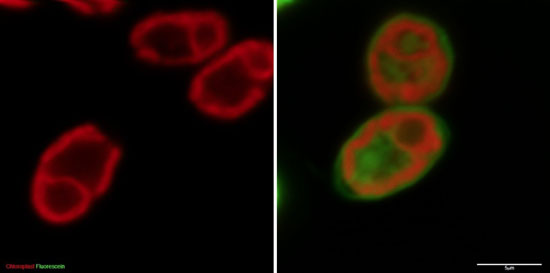 Molecular transporter could advance development of algae-based biofuels, pharmaceuticals
Molecular transporter could advance development of algae-based biofuels, pharmaceuticals
Aug 20th, 2012
Read more